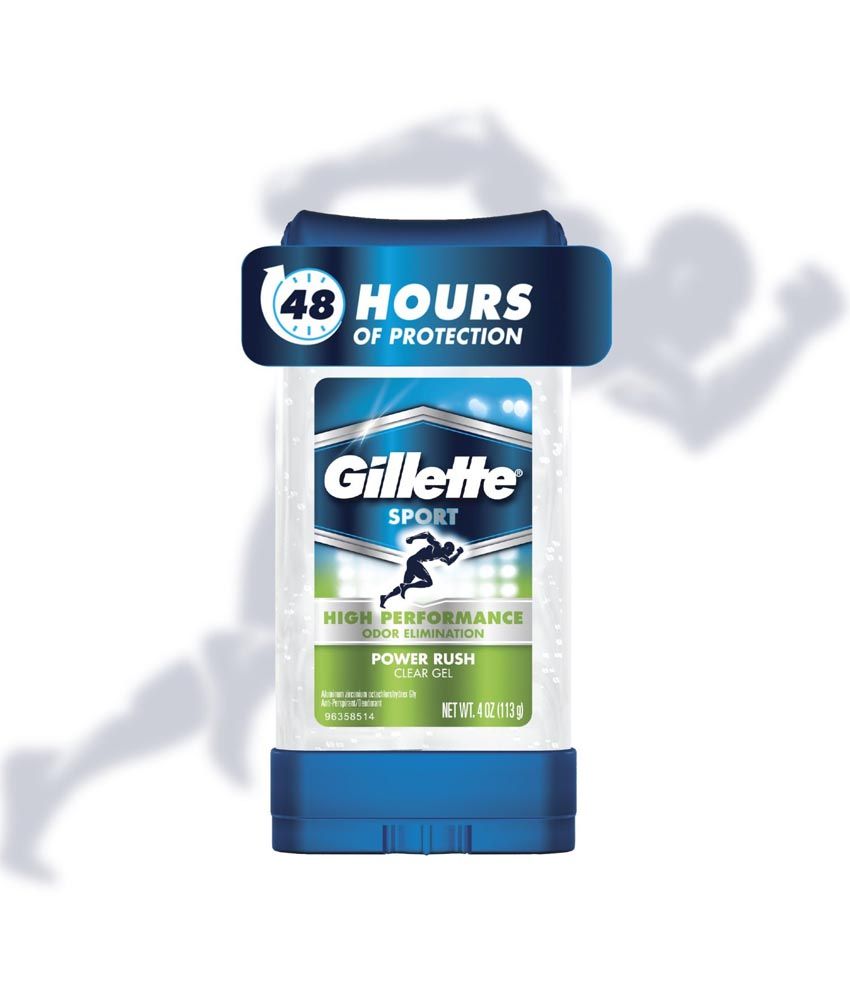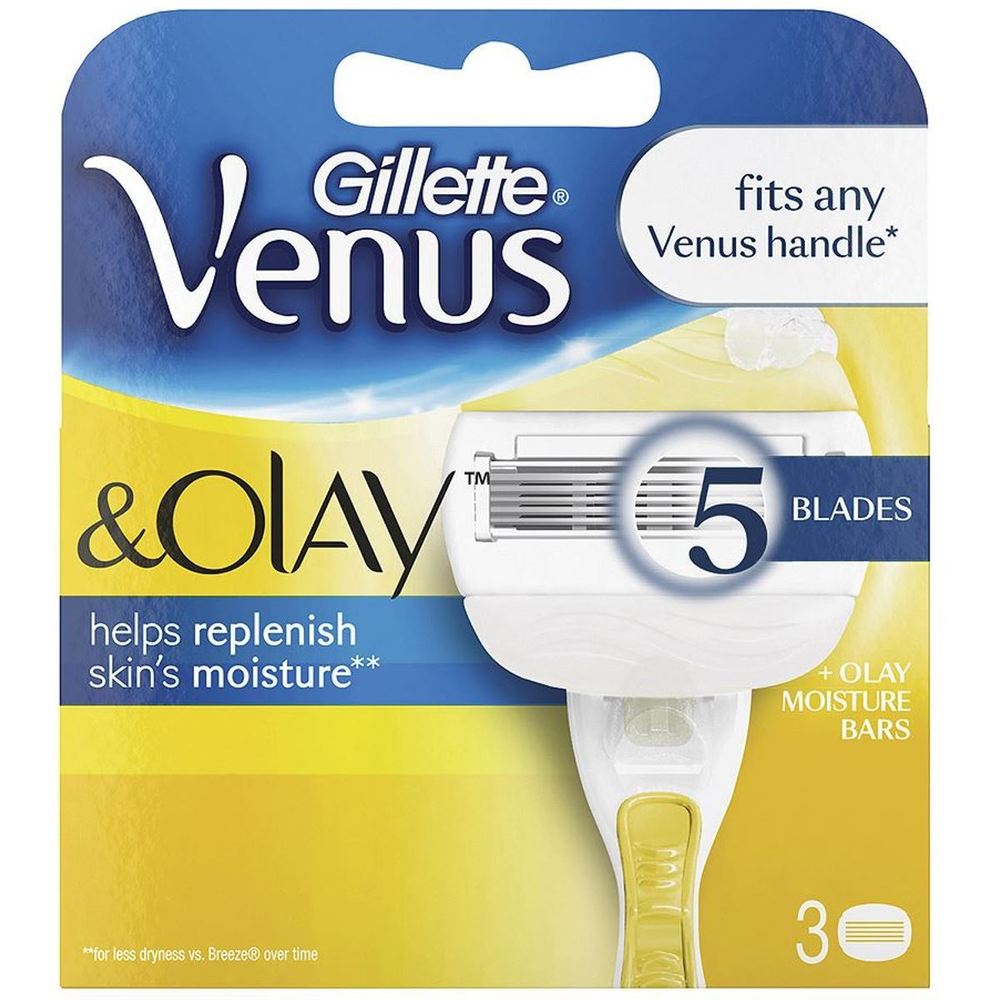

It was recently reported that the IFNg neutralizing antibody emapulumab (Gamifant ®), administered with dexamethasone, improves the clinical manifestations and overall survival of children with pHLH ( 3).
Xsection 136 gillette driver#
In this mouse model, the cytokine interferon gamma (IFNg) is an important driver of disease pathophysiology ( 1, 2) with antibody-mediated neutralization of IFNg (aIFNg) ameliorating disease and significantly prolonging survival ( 2). This cytotoxic function is critical for normal immunoregulation, as shown following Lymphocytic Choriomeningitis virus (LCMV) infection of perforin-deficient ( Prf1−/−) mice, which develop fatal immunopathology due to heightened CD8 T cell expansion and cytokine production. Primary hemophagocytic lymphohistiocytosis (pHLH) is one such CSS that is due to germline pathogenic variants affecting genes required for lymphocyte cytotoxic function. Failure to recognize and properly manage these exacerbated immune responses can lead to multiorgan failure and death. Further studies are warranted to elucidate the optimal doses, schedules, and combinations of these agents for the treatment of patients with pHLH.Ĭytokine storm syndromes (CSS) are characterized by the excessive production of proinflammatory cytokines due to dysregulation of immune responses.

When administered at the doses used in this study, the combination of ruxolitinb and aIFNg appears no better than treatment with either drug alone in lessening inflammation. Unexpectedly, combination therapy is associated with upregulation of genes driving cell survival and proliferation.Ĭonclusions: Ruxolitinib is tolerated and curtails inflammation regardless of the inciting viral strain and whether it is given alone or in combination with aIFNg. Each treatment targets distinct gene expression pathways with aIFNg downregulating IFNg, IFNa, and IL-6-STAT3 pathways, and ruxolitinib downregulating IL-6-STAT3, glycolysis, and reactive oxygen species pathways. In contrast, ruxolitinib appears better than aIFNg, and equally or more effective than combination therapy, at lessening immune cell expansion and cytokine production. aIFNg, administered alone or with ruxolitinib, is most effective at reversing anemia and reducing serum IFNg levels. Results: Ruxolitinib is well-tolerated and controls disease regardless of the viral strain used. To elucidate the impacts of single agent versus combination therapy, Prf1–/– animals were infected with LCMV, treated or not with ruxolitinib, aIFNg or both agents, and analyzed for disease features and the transcriptional impacts of therapy within purified CD8 T cells. To determine whether this dose controls inflammation induced by a different LCMV strain, we administered ruxolitinib at 90mg/kg to Prf1–/– mice infected with LCMV-WE. Methods: We previously showed that a ruxolitinib dose of 90 mg/kg lessens inflammation in Prf1–/– mice infected with LCMV-Armstrong. As these studies used differing doses of drugs and varying LCMV strains, it remained unclear whether combination therapy is safe and effective. Two studies combining ruxolitinib with aIFNg report conflicting results with one demonstrating improvement and the other worsening of disease manifestations. However, neither agent completely eradicates inflammation. Towards this end, ruxolitinib treatment or IFNg neutralization (aIFNg) lessens immunopathology in a model of pHLH in which perforin-deficient mice ( Prf1–/–) are infected with Lymphocytic Choriomeningitis virus (LCMV). Jude Children’s Research Hospital, Memphis, TN, United Statesīackground: Primary hemophagocytic lymphohistiocytosis (pHLH) is an inherited inflammatory syndrome driven by the exuberant activation of interferon-gamma (IFNg)-producing CD8 T cells. Jude Children’s Research Hospital, Memphis, TN, United States Tillman 2, Alexa Stroh 1, Camille Keenan 1, Mackenzie Bloom 1 and Kim E.


Sabrin Albeituni 1, Ninad Oak 1, Heather S.


 0 kommentar(er)
0 kommentar(er)
